全部评论: 0条


Joe Miller是来自英国的产品设计师,在欧洲领头的产品设计与开发咨询公司之一的DCA工作已近两年。在DCA的时间里,他摘得了iF也荣获了红点。这个热爱创造和发想新鲜、有趣、且具意义的点子的设计师,和设计之间有怎样的故事呢?我们不妨来了解一下。
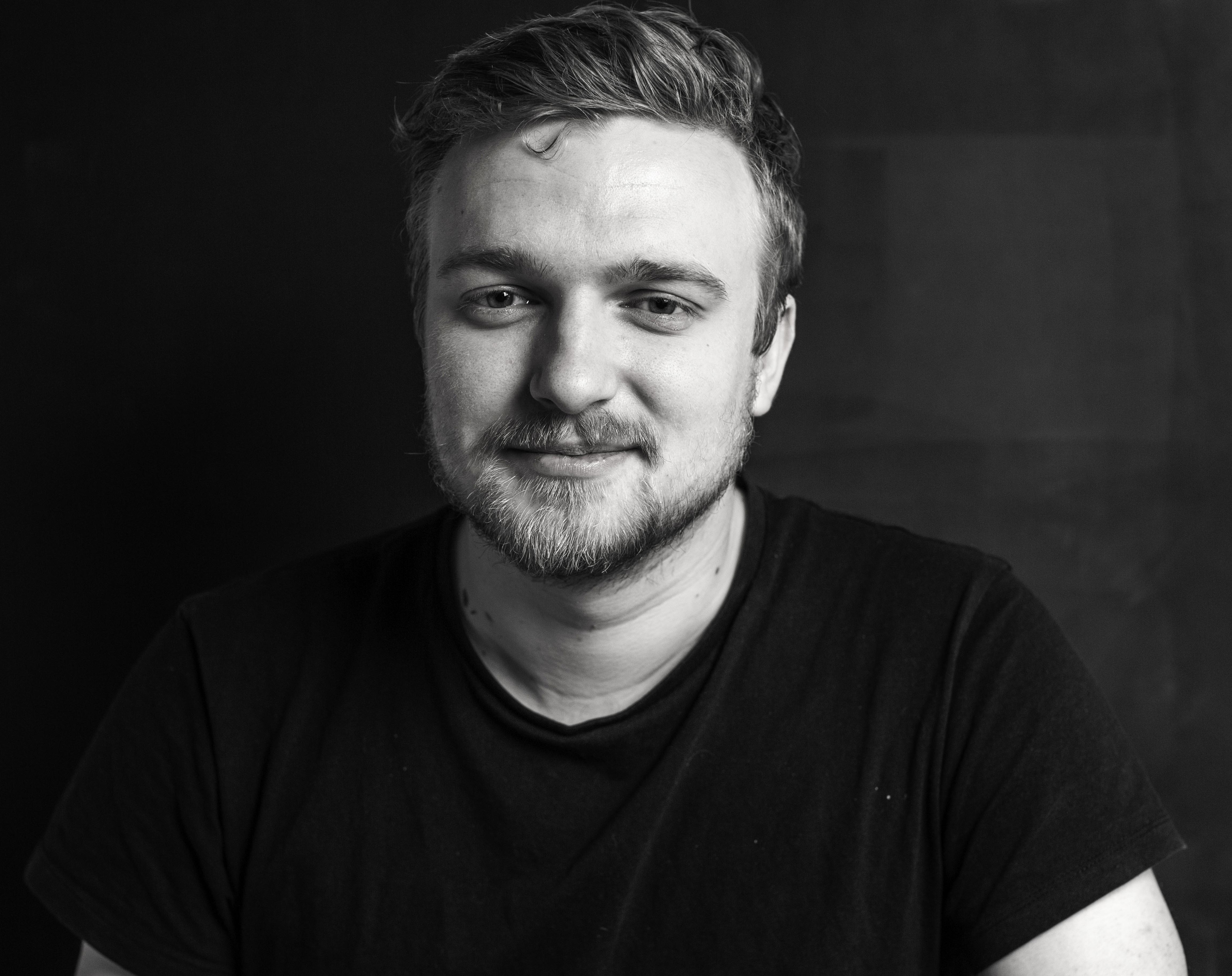
Joe Miller
Narkii:
作为欧洲领头的产品设计与开发咨询公司之一,DCA在选人上有什么标准呢?您身上有哪些优势?
As one of Europe's leading product design and development consultancies, what are the talent-selecting standards in DCA? What are your advantages?
Joe:
DCA招聘许多专业的人,针对不同专业都有独特的人才选择标准—内部拥有广泛的技能,肯定是DCA的主要优势之一。 由于我很少参与DCA的人才选拔策略,我只能说说我个人的招聘标准。任何希望在该领域尖端工作的设计师都应该要能够展示出强大的创造性思维,并拥有相应的技能,将他们的思想和点子美好地带到生活中。
DCA employs people from such a large range of disciplines, each having their own distinct talent-selecting standards – having such a wide spread of skills in-house is certainly one of DCA’s major advantages. As I am seldom involved in DCA’s talent-selecting strategies I can only comment on what my own personal standards would be for hiring new talent. Any designer wanting to work at the top of the field should be able to show great creative thinking and have the subsequent skills to develop and bring their thoughts and ideas to life beautifully.
Narkii:
DCA的服务范围涵盖多个领域,您有具体负责哪一块吗?
DCA has been focusing on many sectors, are you in charge of a specific one?
Joe:
DCA是一家大的设计顾问公司,有一些部门经理负责管理四个部分的设计和工程项目,这四个部门分别是:消费者,交通,商业或工业以及医疗或科学。我作为一名工业设计师,可以跨越这些部门展开工作,不过,我大部分的项目是消费者部门的——消费者部门的项目通常包括消费电子产品,快速消费品(FMCG)或品牌战略工作。
As DCA is a large consultancy, there are a number of sector managers that manage design and engineering projects across the four sectors, which are: consumer, transport, commercial/industrial and medical/scientific. In my role as an industrial designer I am able to work in across all of these sectors, however, most of my projects have fallen into the consumer sector – The consumer sector projects usually comprise of consumer electronics, fast moving consumer goods (FMCG) or brand strategy work.
Narkii:
您有过三段实习经历,它们对您现在的工作有怎样的影响呢?
You have three intern experiences. What kind of influence do they have on your current job?
Joe:
我的前三份实习为我现在的这份工作做了种种铺垫。为许多著名的国际品牌服务,我获得了宝贵的经验,学会了如何做出可供生产的解决方案以及如何将品牌身份转变成3D产品和形状——所有的这些经历将我塑造成了现在这样的设计师。
My three prior internships prepared me in a number of ways for my current job. I gained valuable experience working for a number of well-known international brands, learnt about how to create production-ready solutions and how to translate a brand’s identity into 3D products & shapes – all of these experiences have helped to shape the type of designer I am in my current role.
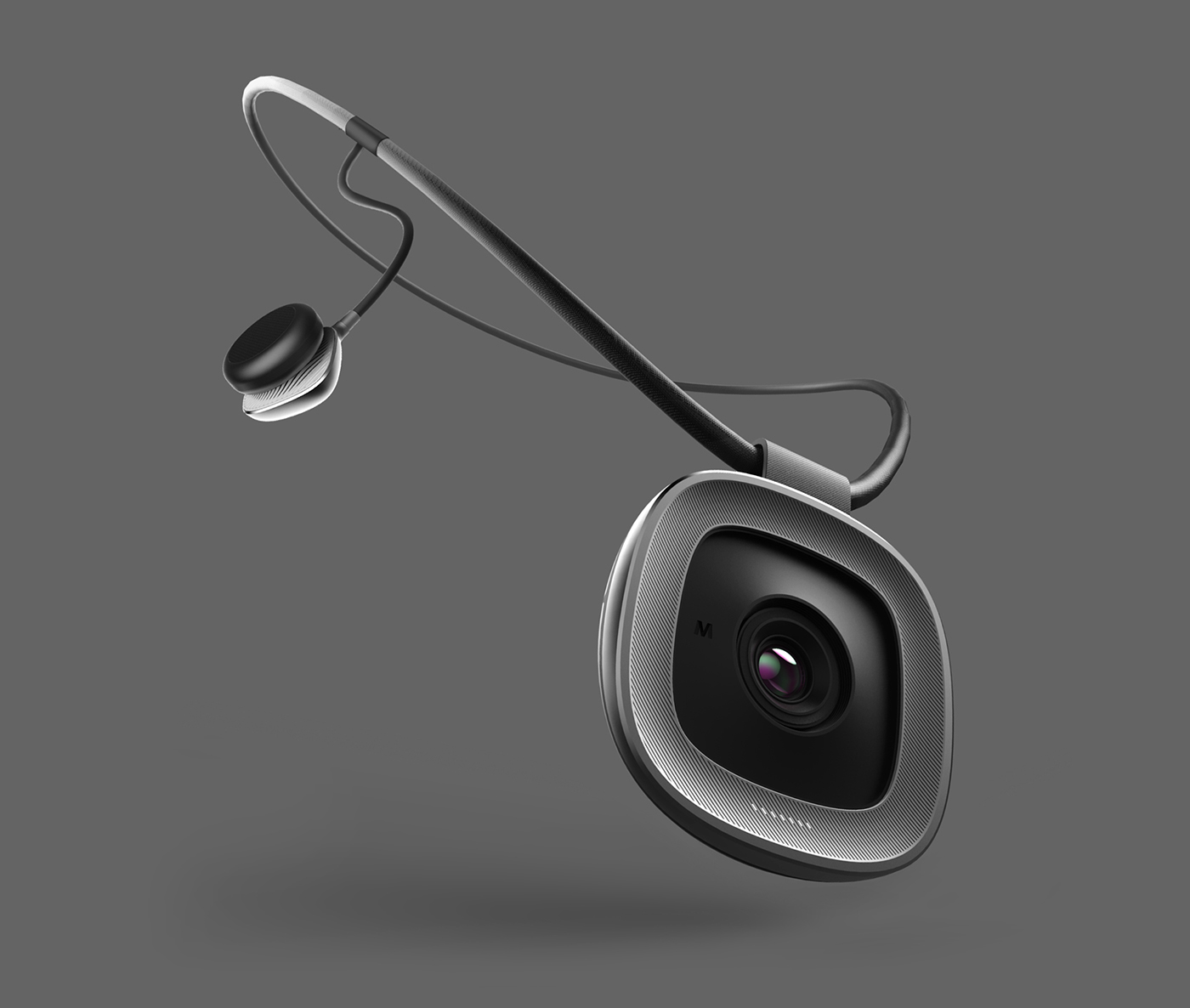

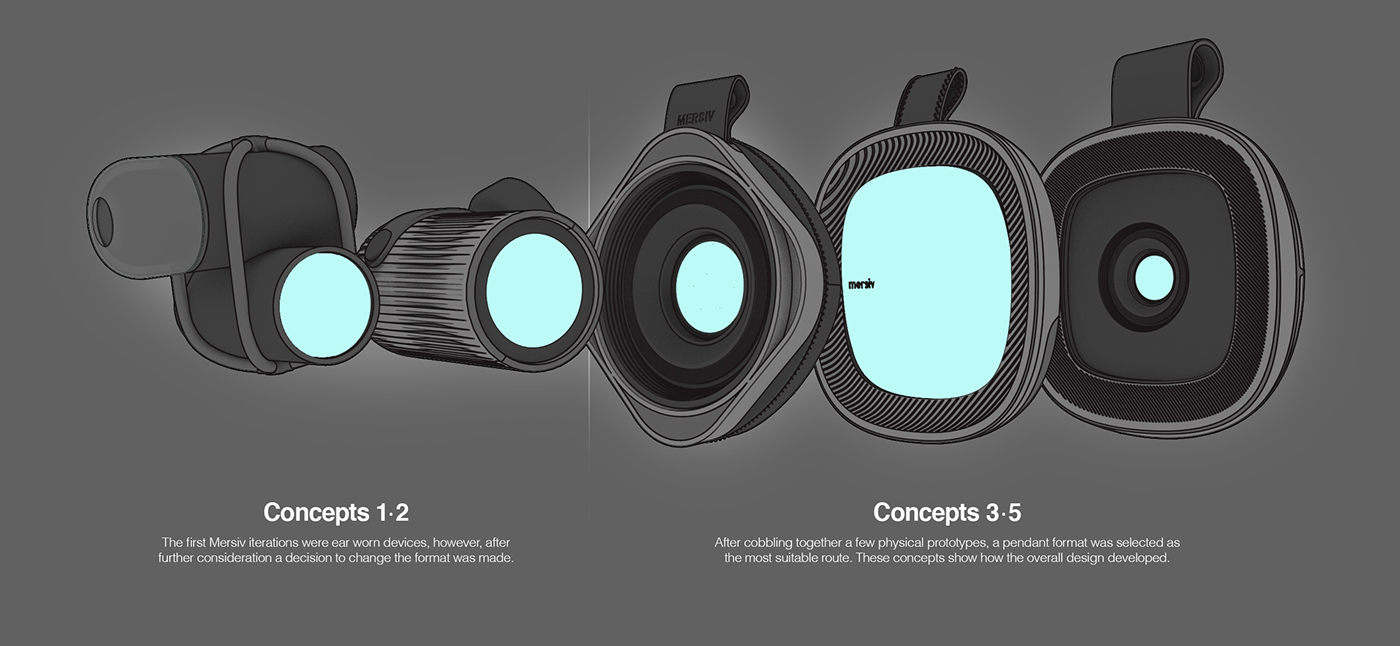


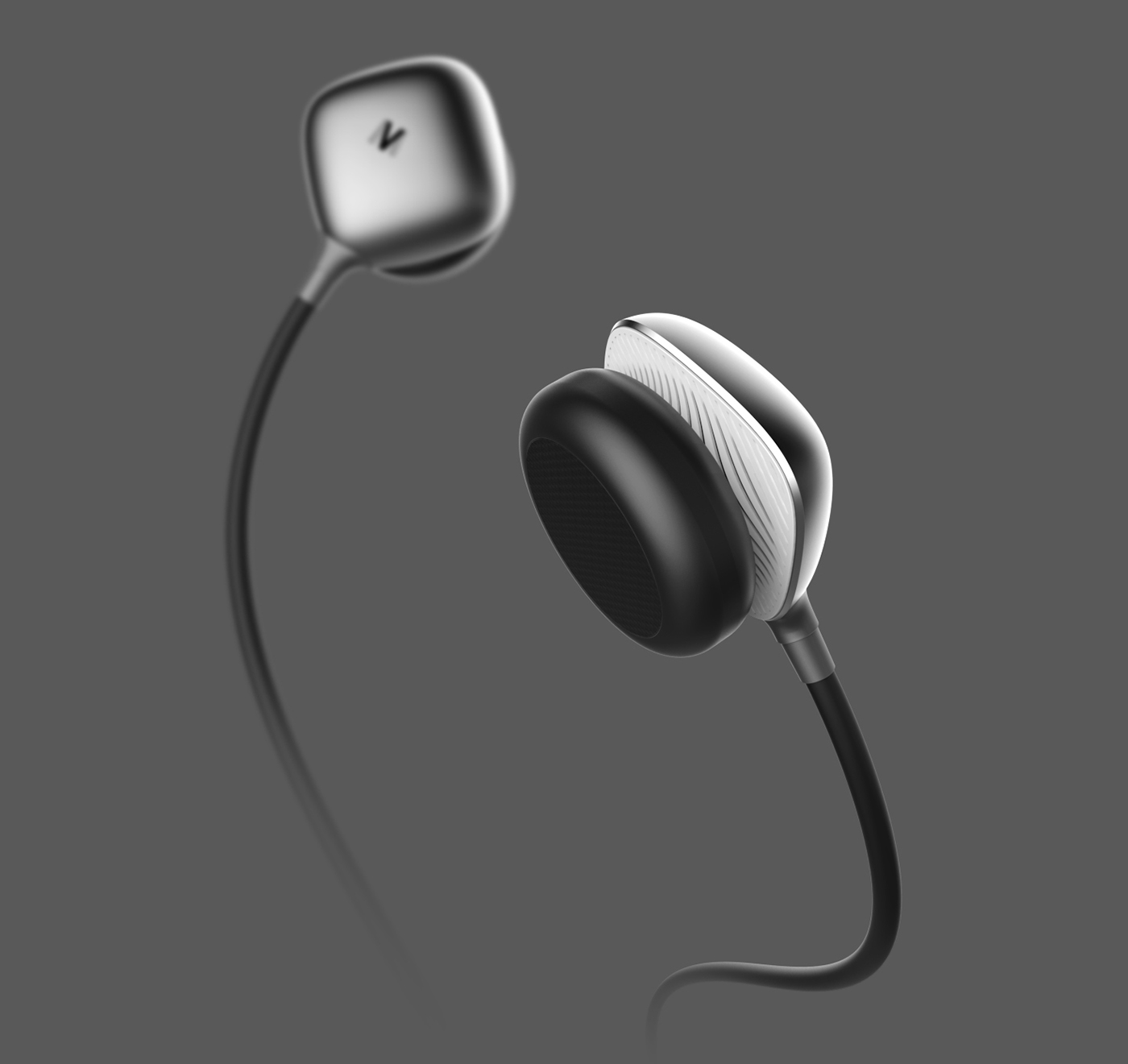

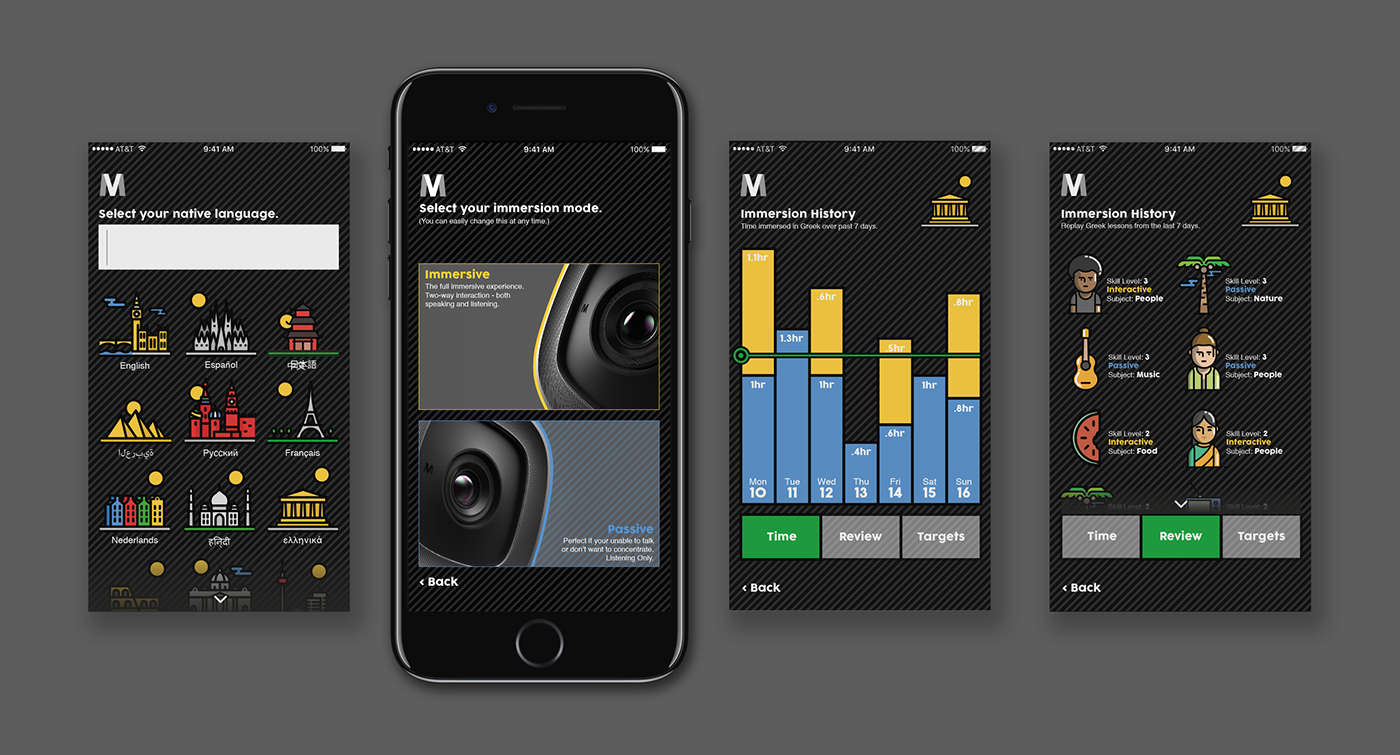
MERSIV 沉浸式语言学习概念
Narkii:
每个国家的文化、思维等都有所差异,自然设计流程上也就有所不同。您的设计流程通常是怎样的呢?
Countries vary in culture, thinking pattern, etc. So does the design process. What kind of design process do you usually follow?
Joe:
我不认为每个项目都应该遵循一个“圣杯似的”的设计流程。 我的设计流程因项目而异,取决于项目的性质和时间。
I don’t subscribe to the thinking that there is one ‘holy-grail’ design process that should be followed for every project. My design process varies from project to project, changing depending on the nature & timeframe of the project.
不过,一般我喜欢从一些非常随意的草图开始,这些草图对于其他人来说常常更像是无法辨认的涂鸦,但是它可以帮助我很快地专注于问题,并思考可能的解决方案。通常,我也会在设计初期就开始使用CAD,因为我发现画粗略快速地3D模型是从各个角度评估设计的一个有用的工具,这是2D草图所不能做到的。在设计流程的后期,我会在Solidworks 和 Keyshot之间来回,用后者来评估设计在不同关照条件下,以及在不同的颜色、材料和表面处理下是如何工作的。
However, I generally prefer to start with some extremely loose sketching, often these sketches look more like indecipherable scribbles to everyone else, but this helps me to quickly wrap my head around the problem and think through potential solutions. Often, I also start using CAD quite early in the design process, as I find creating rough, fast 3D models is a useful tool in evaluating designs from every angle, something you can’t get from a 2D sketch. Towards the later stages of the design process I am generally jumping back and forth between Solidworks & Keyshot, using the latter to evaluate how the design works under different lighting conditions and how it works in a variation of colours, materials and finishes.
Narkii:
您觉得设计流程中哪一块最重要呢?
Which part of design process do you consider the most important?
Joe:
再次,我认为这取决于项目。比如,如果我是从无到有地去创造一个产品,那么点子发想的过程是最重要的——当点子很垃圾,那后续创造新东西也没有意义。但是,如果项目是要去改良一个现有产品,那么对形式细节进行细微调节的过程就会更重要。
Again, I think this is dependent on the project. For example, if I was creating a product from nothing, I would consider the ideation process to be the most important – there is no point of creating something new if the idea it is based on is rubbish. However, if the project was to reskin an existing product, the process fine tuning the details of the form would then become more important.
Narkii:
您的作品KORUS无限模块麦克风获得了2017年的红点概念奖,您是如何想到这个设计的呢?
The KORUS Wireless Modular Microphone won the 2017 Red Dot Concept Award. Can you tell us how did this idea occur to you?
Joe:
在我很难同时录下吉他和我的声音时,我就有了这个想法——似乎其实不用这么麻烦,这么多的设备也没必要。我开始思考,回想以前乐队录音时遇到的困难。对这个问题进行了一些录音和现场表演的研究后,我就想到了一种新型的麦克风。之后我做了很多实验,就这个点子试了很多种不同概念,直到设计出了KORUS 麦克风。
The idea came to me when I was struggling to record both my guitar and vocals at the same time - There seemed to be an unnecessary amount of hassle and equipment required. This got me thinking, reminding me of previous struggles when trying to record bands I had been in in the past. After some more research into the problems with audio recording and live performance, the idea for a new type of microphone struck me. This idea then developed as I experimented with different variations on the idea, until the final KORUS microphone was created.
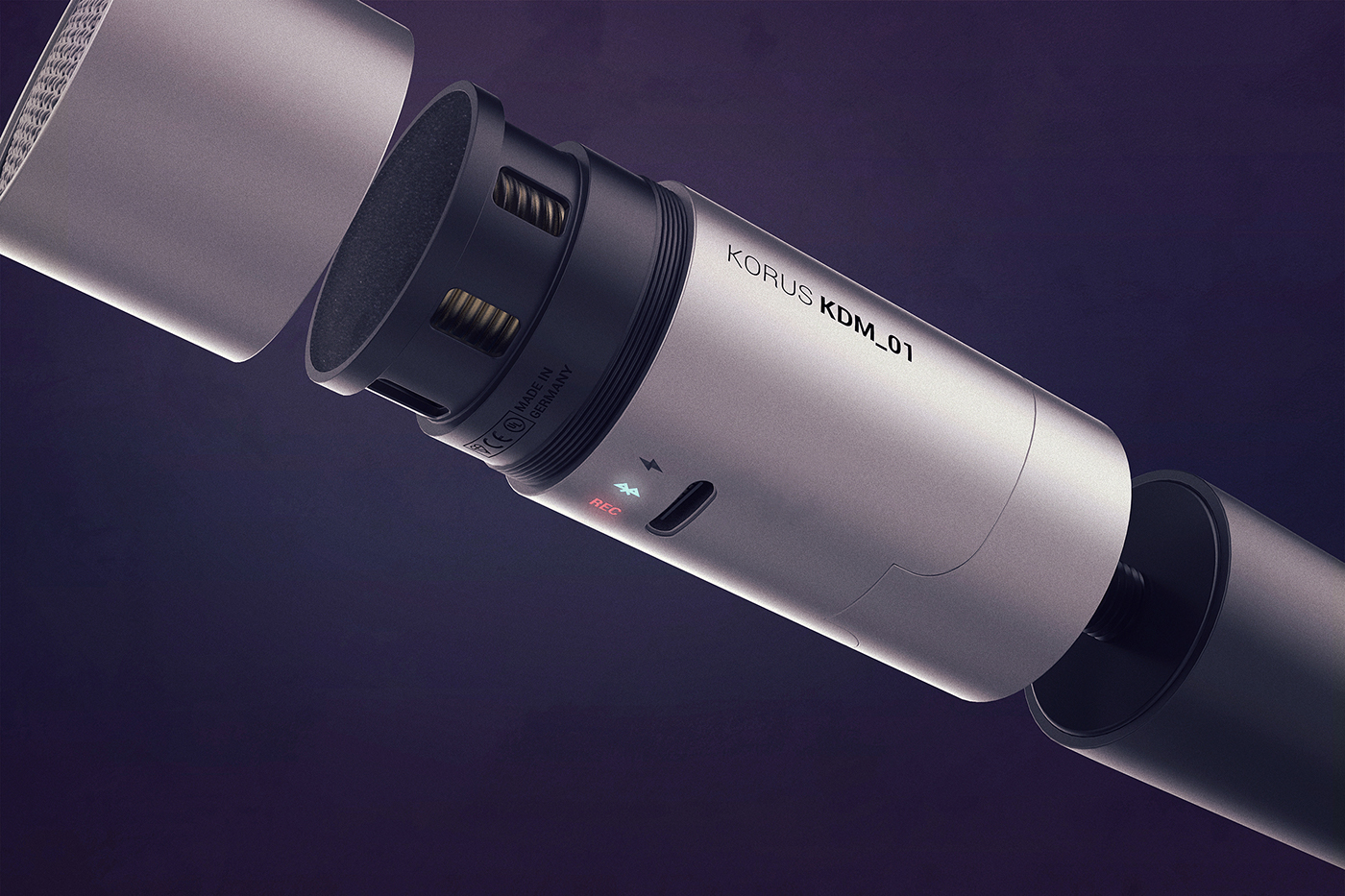
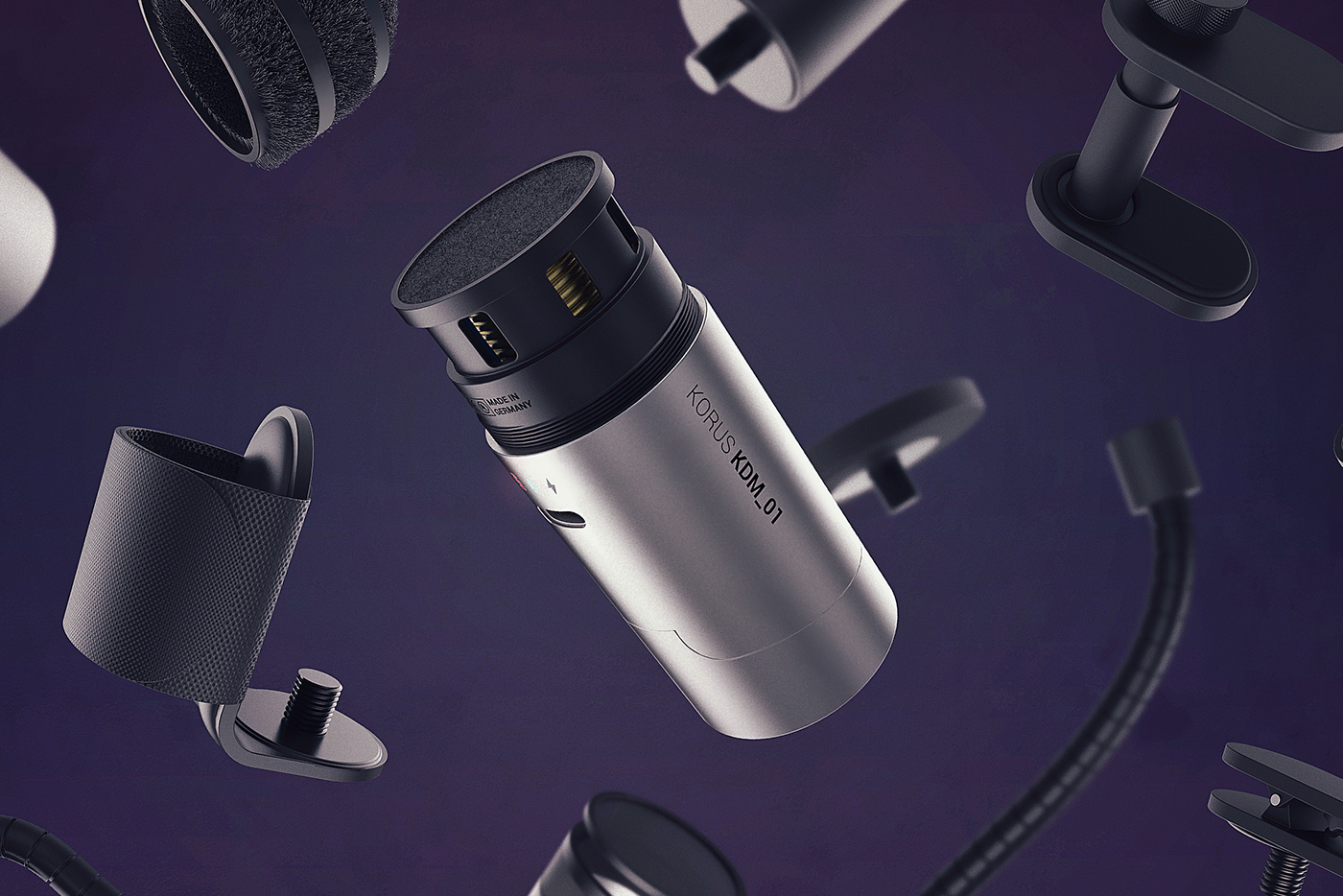
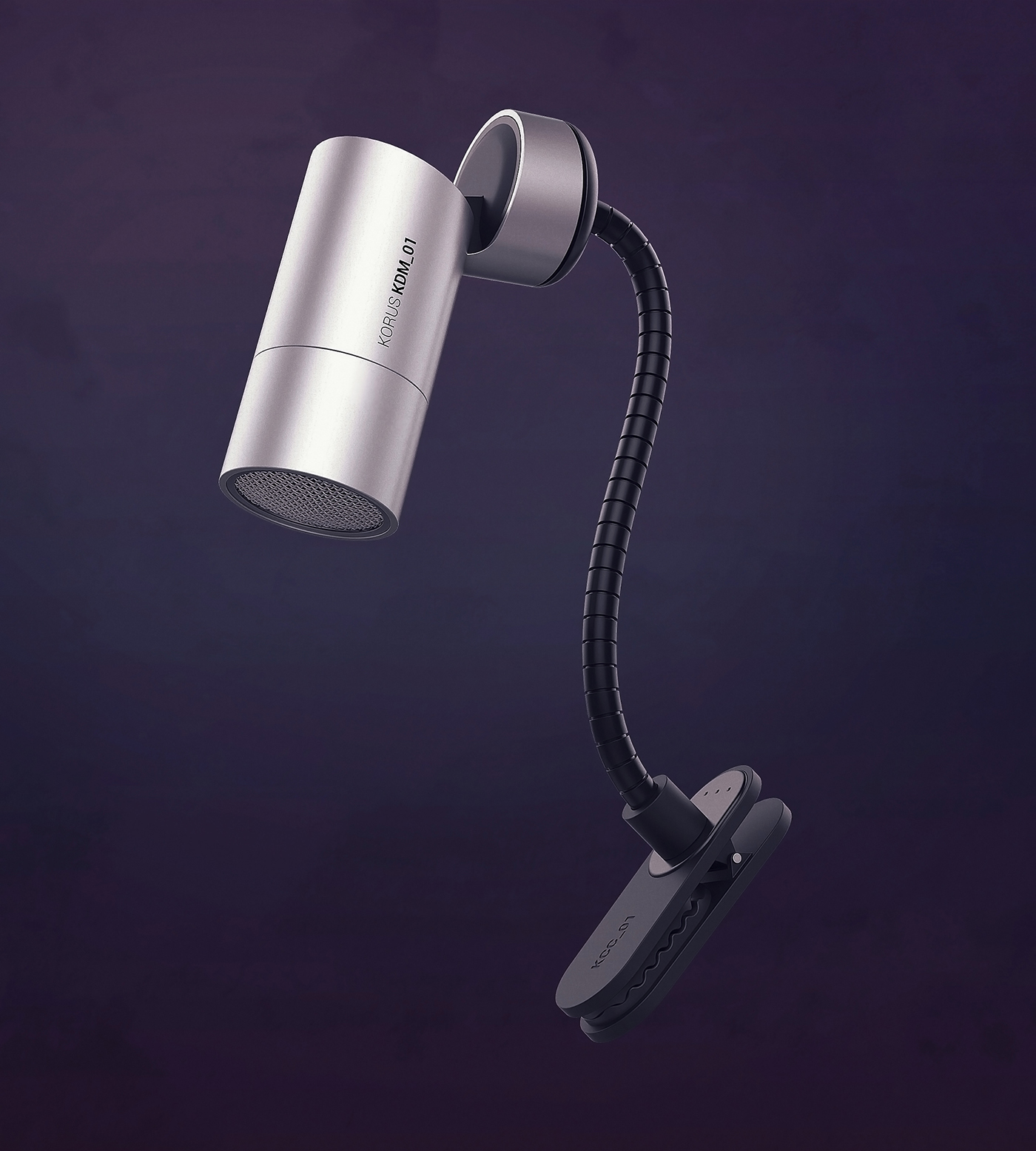
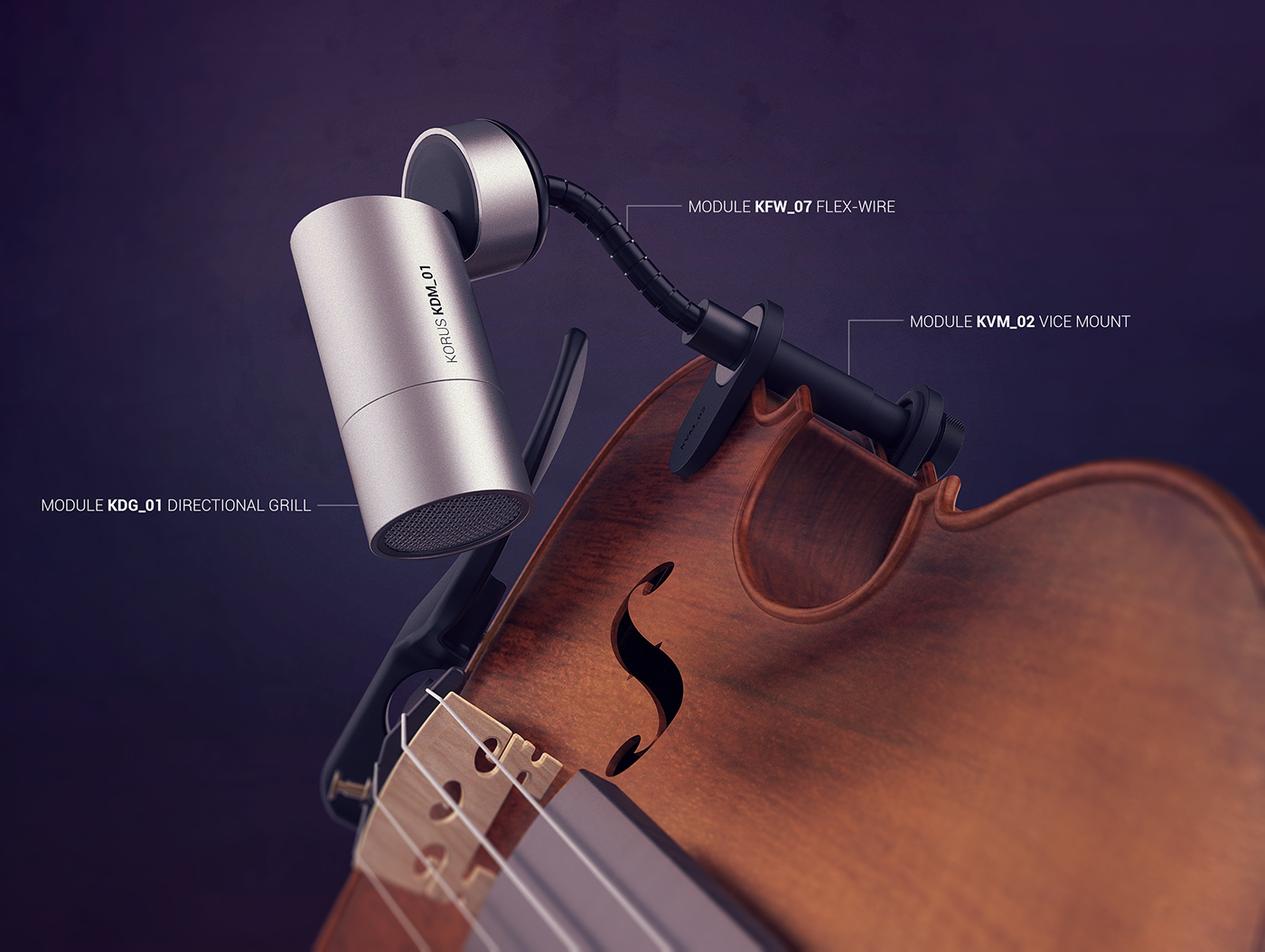
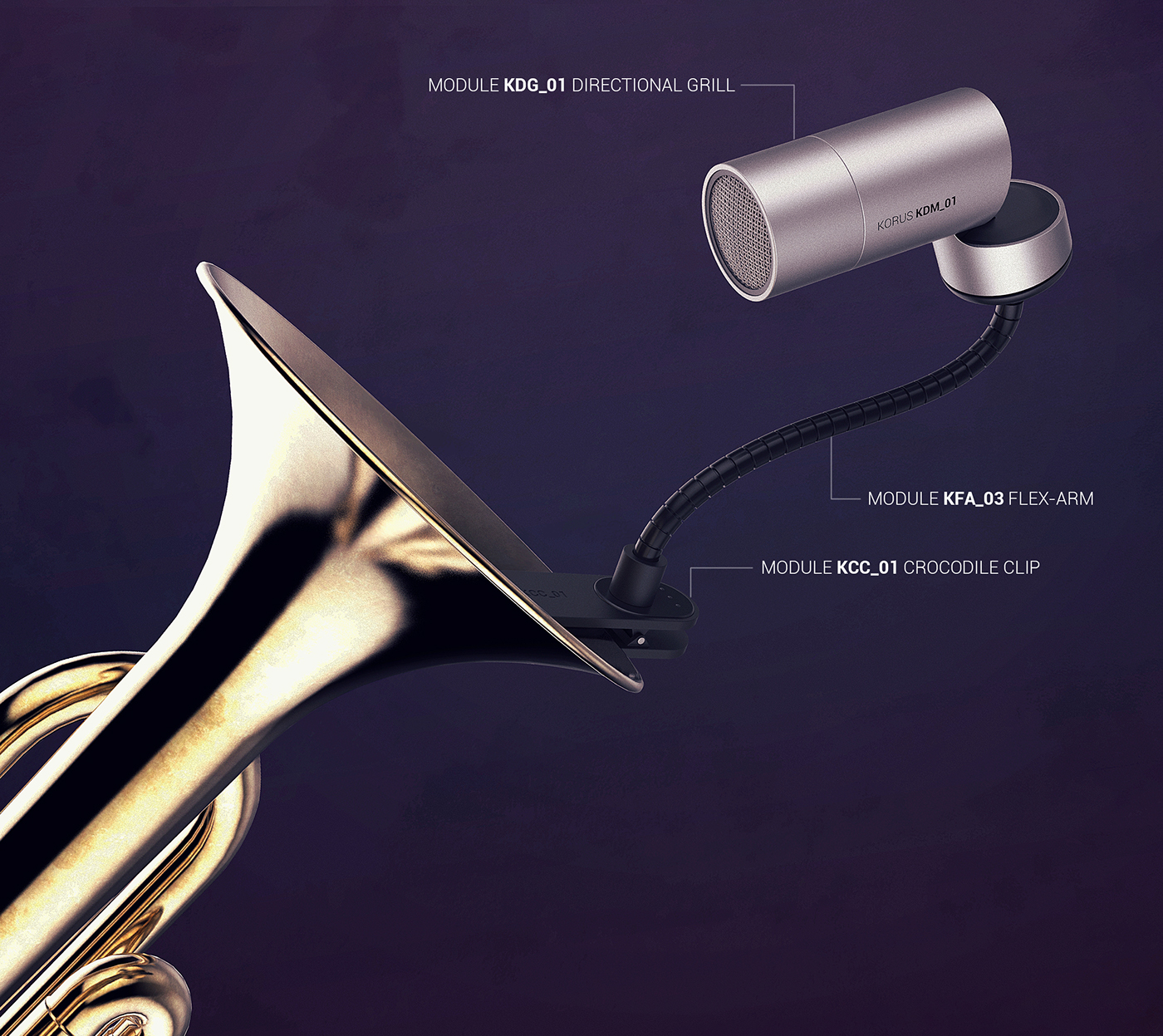
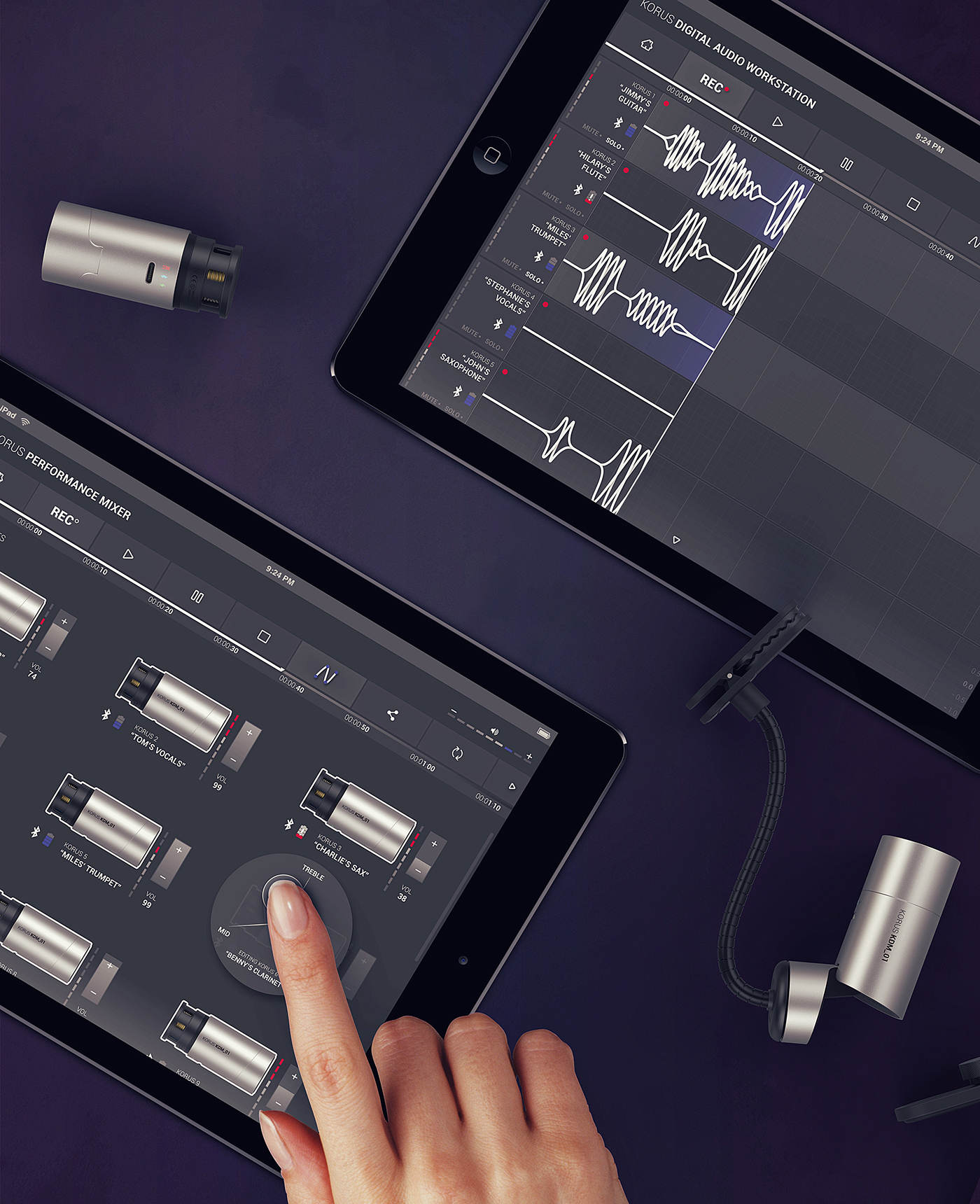
KORUS无线模块麦克风概念
Narkii:
我们知道为品牌服务需要尊崇品牌的一些特定元素。在这种框架之下,您是如何创新的呢?这种框架对您来说是阻碍还是促进您的设计呢?
We know that designing for brands require the designers to follow specific elements of the brands. Within this frame, how do you make innovation? Does this frame obstruct you or facilitate you in design?
Joe:
我不认为品牌的视觉语言对设计创新是一种障碍,在品牌语言之内进行设计,对于创造出稳固统一的产品组来说非常关键。不过,当品牌把设计仅仅当做在生搬硬套,而非一种创造新的更好的事物的工具,那么就有问题了——这样的心态毫无疑问会限制设计的作用。
I don’t see designing within a brand’s visual brand language as a barrier for innovation, designing within the brand’s language is crucial to create a strong, unified set of products. However, problems arise when brands see design merely as a box ticking exercise and not a tool to create new and better things – mentalities like this can certainly limit design’s impact.
Narkii:
平时有什么爱好吗?这些爱好有给您带来什么灵感吗?
What is your hobby? Do you get inspiration from it?
Joe:
我最喜欢做的事情之一就是旅行,我能看到人们是怎么生活的,以及在他们的文化之下,他们与产品之间的交互又有什么不同。我希望这些东西能够影响和激励我成为更好的设计师。
One of my favorite things to do is travel, seeing how people live and interact with products differently depending on their culture is something I hope has influenced and inspired me to be a better designer.
本文为艺家人原创,如若转载请注明出处

店铺:猪八创客吧售价:499

店铺:声波穿梭成迷茫售价:15.00

店铺:购任性售价:98.00